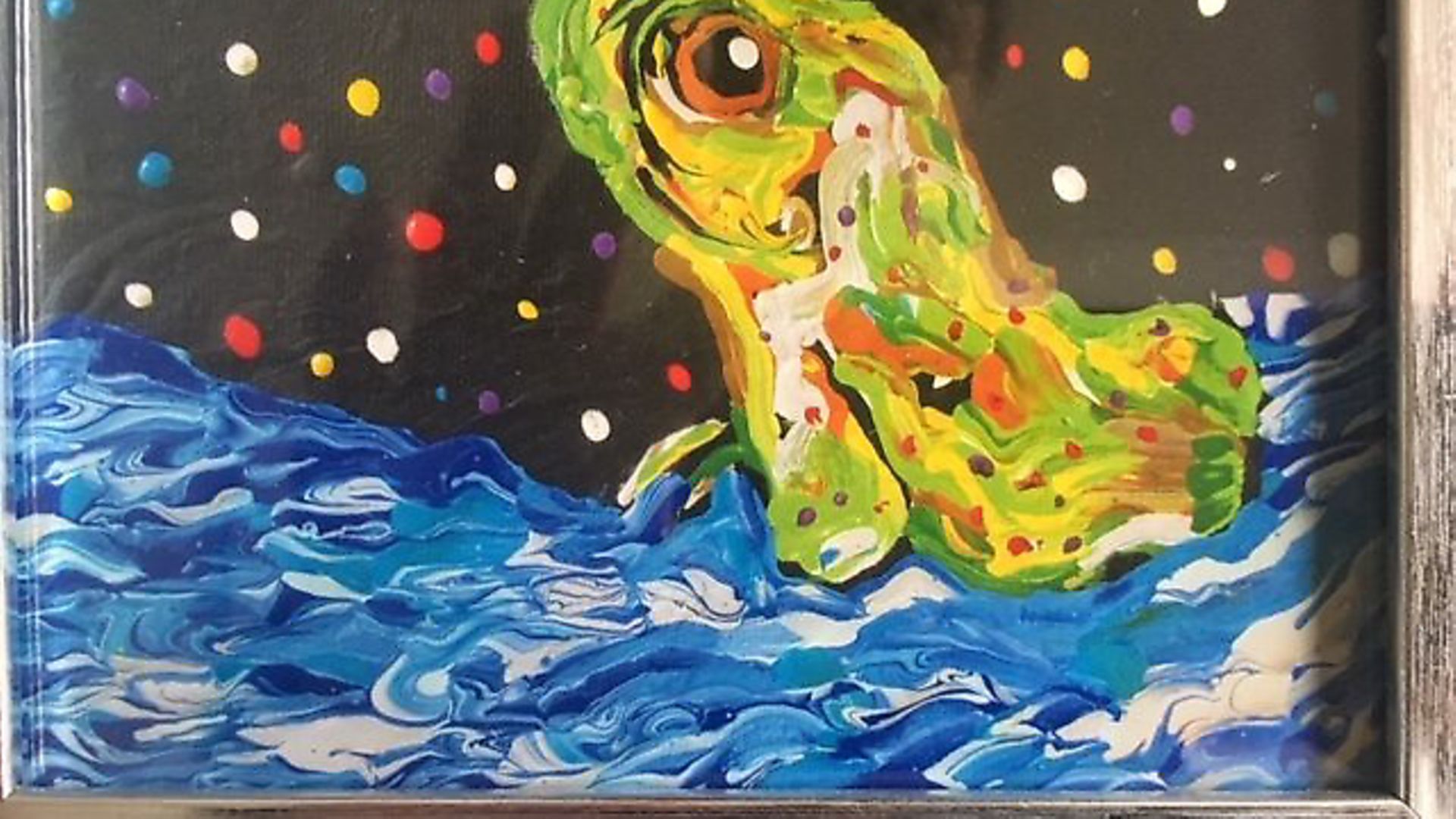
After meeting a wandering Jewish painter, WILL SELF tries to impress with tales of Van Gogh and poet Apollinaire.
It was said that on the night of Oscar Wilde’s conviction for gross indecency, 500 ‘single gentlemen’ took the Calais packet, fleeing an anticipated crackdown on homosexuals. Not to swerve into their lane, but I’ve often recalled this line over the past three years, during which I’ve travelled weekly to that abstraction the English term ‘the Continent’. As the Eurostar train pulls out of St Pancras, and through the vapid spatialisation of finance capital which constitutes the new King’s Cross developments, I’ve begun to feel the oppressive weight of what Oscar termed “the native land of the hypocrite” lifting from my shoulders.
But now my personal circumstances have changed, and my partner is joining me here in London for le weekend, rather than me fleeing to her in Paris. So it is, that I feel marooned on a island deserted by reason, with only Boris Johnson for company – such is the close proximity to our premier that the floor-to-ceiling media coverage induces in me. I asked my friend X de Y (an Old Etonian himself, although he had the cojones to get expelled), how he felt about the mop-topped despot, and he replied: “He was in my class, and I f**king hated him – when he sat next to me I’d stick a compass in his fat f**king thigh.”
Acuminate words, forcefully spoken – but if I’m to be held in such durance vile, I, too, will have to seize upon whatever there is to hand, so as to remind myself of the existence of other lands. This is where Morrie came in. He approached me one afternoon last week, where I was sitting on a bench in Myatt’s Fields Park, near my gaff in south London. Actually, the park itself is pretty damn French – being part of a Victorian development built on the estate owned by the Minet family, Huguenots who left France after the Edict of Fontainebleau in 1685. (And if you don’t what that was, check it out: there’s a respectable body of opinion that holds there’s a disproportionate number of Huguenot descendants in the Brexit faction – Francois, Farage to name but two – and that their axes are whetted with transgenerational rancoeur.)
Morrie – in keeping with his name – looked to be something of a nebbish: late-season cargo shorts, ragged tie-dye T-shirt, brown beard and glasses combo. He had a sports bag slung over his shoulder, from which he withdrew a number of paintings done in bright acrylics on small oblongs of stretched canvas. His rap was compulsive: “I did this in a vision,” he said, “it shows a frog spirit looking at a starry sky… This one is horsemen – I don’t know if they’re leaving or arriving… They came to me in a vision…” I particularly admired one of a rather Gallic-looking rooster’s head, distorted so it formed a right angle perpendicular to the picture plane – but everywhere in Morrie’s work was a sense of hallucinogenic disorientation: stars boiled, trees coruscated, buildings seethed.
I told Morrie I liked his work and that he was a strange sort of an impressionist, then bought two of the odd paintings for £20 to give to my younger sons. I asked him a little about his life: Originally from the Bay Area, he was indeed a wandering Jewish painter, who travelled from country to country and city to city doing just this: going up to random folk and showing them his wares. I left Morrie feeling that although his life seemed pretty precarious; it might well be preferable to my own newly cloistered one.
Late that afternoon, I came upon him again about a half mile off, on the Brixton Road: How, I wondered, had sales been since he left me? “You were the highlight of my day,” he said mournfully, sucking on a roll-up.
Keen to cheer us both up, I asked him if he knew that Van Gogh – surely his tutelary spirit – had lived nearby during his own London sojourn? No, he didn’t, so I led him to the terraced house on Hackford Road, where the 20-year-old future painter lived in the 1870s when he worked for an art dealer, and extolled – in his letters to his brother – this city of fog, industry, and… parks.
Morrie was sort of impressed – but I think rather less than I. I tried to enthuse him with more local history: Was he aware that the poet Apollinaire had come to this neck of the bricky London woods in the 1900s, in pursuit of a woman he called “L’Émigrant de Landor Road”?
However, Morrie wouldn’t be drawn into my own confinement – he was staying somewhere in the East End, and money being tight, had to walk back there. I watched him stroll away, a small dishevelled figure, but for all that far freer than I.











